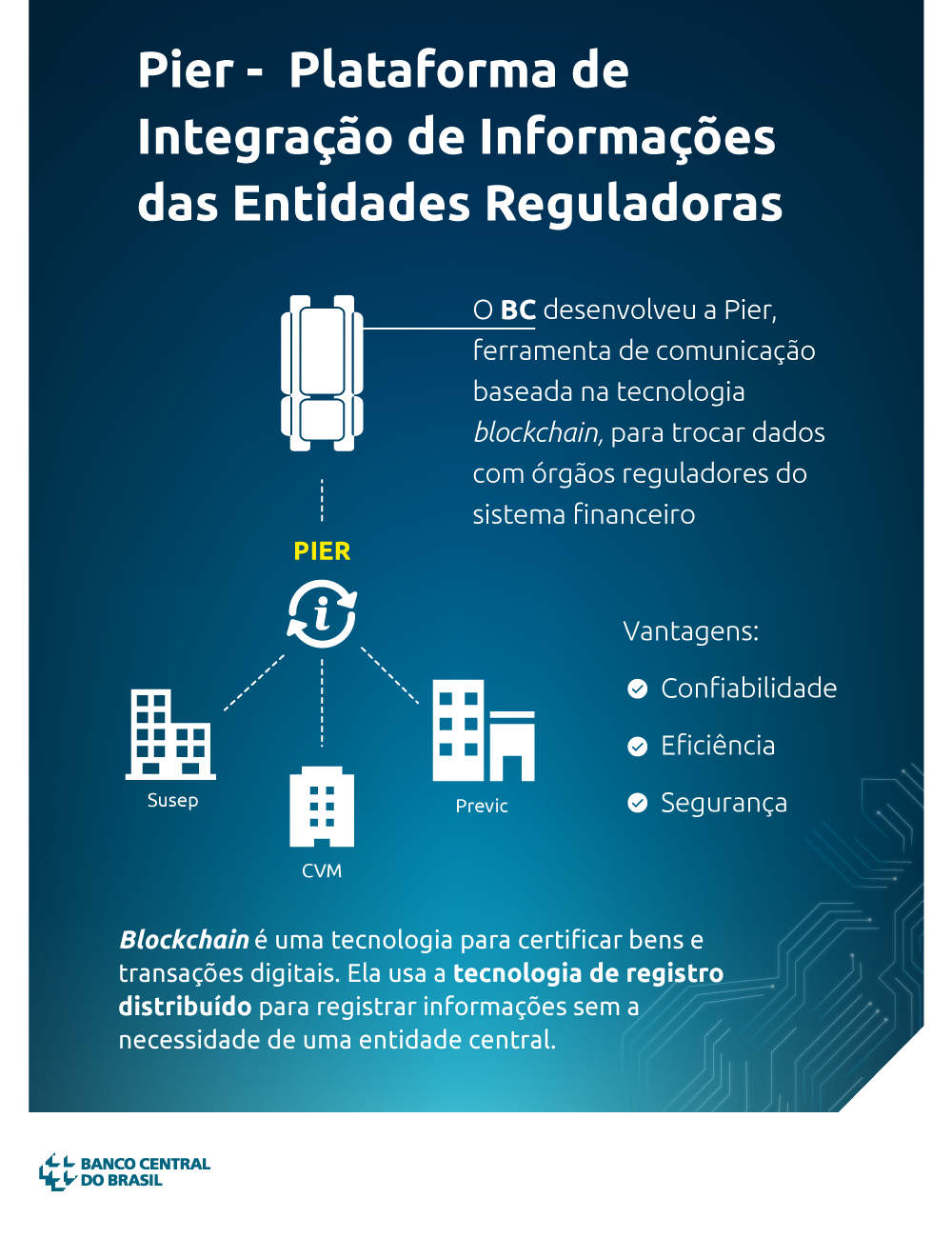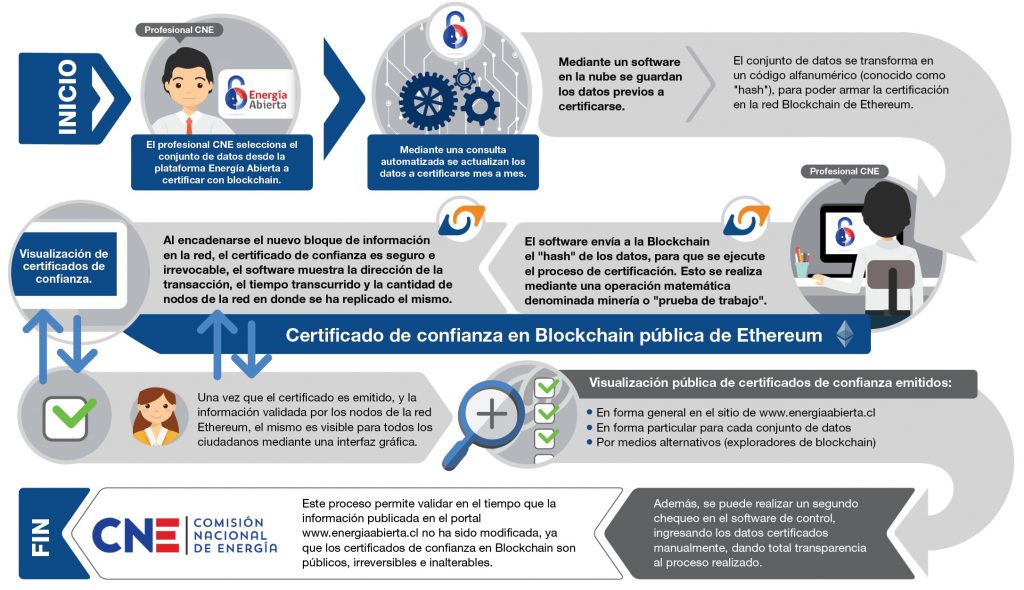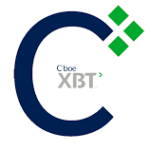Researchers Galina Hale, Arvind Krishnamurthy, Marianna Kudlyak, and Patrick Shultz posted on Federal Reserve Bank of San Francisco an economic letter relating Bitcoin price peak and collapse at the time of CME futures debut.
As any attempt to explain price movements, this implies in a very selective analysis of historical data and forces in play. And nailing a single influence from having more available short selling instrument is likely oversimplistic. However, article does point to a general effect from trading behaviour – as could be ‘buy the rumors sells the news’ – that may give an insight for next similar events.
“…The peak price coincided with the introduction of bitcoin futures trading on the Chicago Mercantile Exchange. The rapid run-up and subsequent fall in the price after the introduction of futures does not appear to be a coincidence. Rather, it is consistent with trading behavior that typically accompanies the introduction of futures markets for an asset…”Continue reading

















